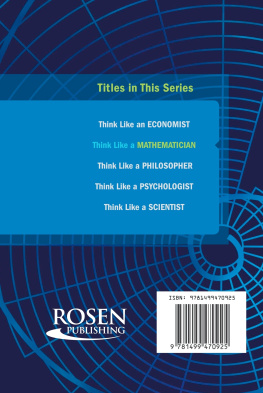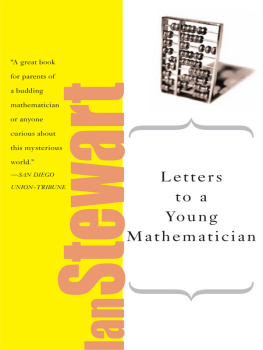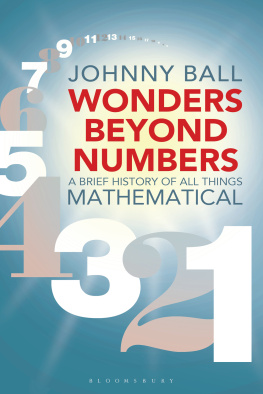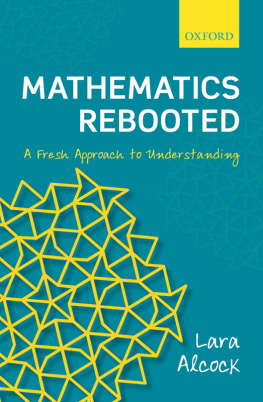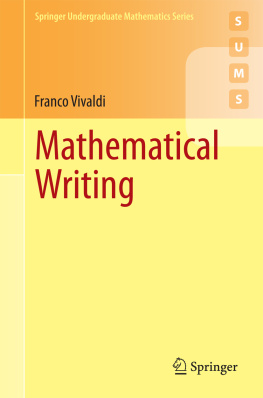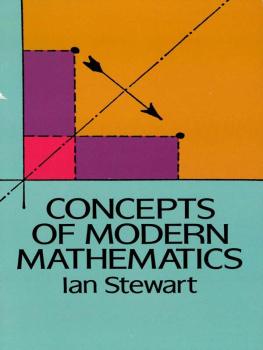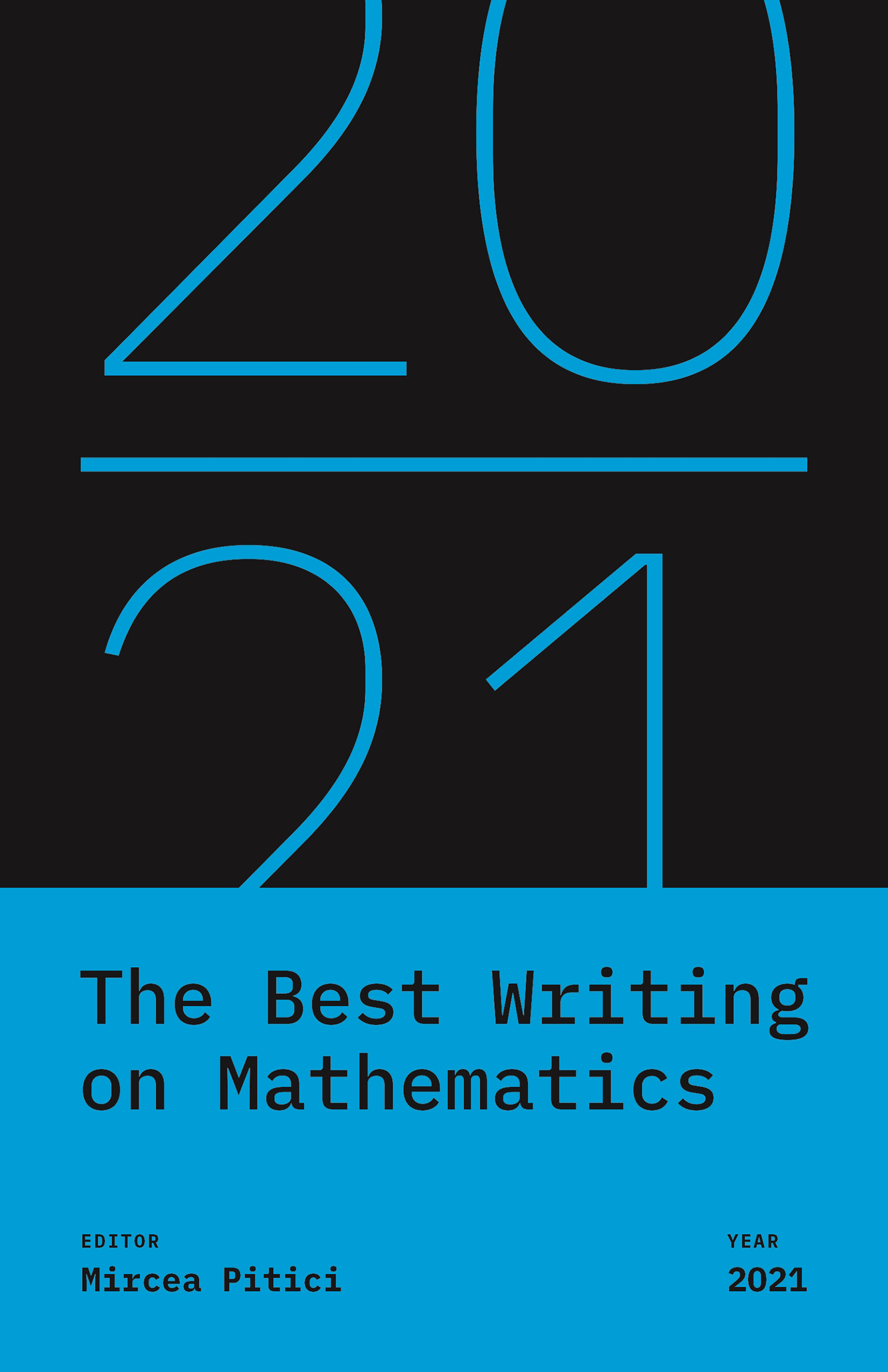The BEST WRITING on MATHEMATICS
2021
The BEST WRITING on MATHEMATICS
2021
Mircea Pitici, Editor
PRINCETON UNIVERSITY PRESS
PRINCETON AND OXFORD
Copyright 2022 by Princeton University Press
Princeton University Press is committed to the protection of copyright and the intellectual property our authors entrust to us. Copyright promotes the progress and integrity of knowledge. Thank you for supporting free speech and the global exchange of ideas by purchasing an authorized edition of this book. If you wish to reproduce or distribute any part of it in any form, please obtain permission.
Requests for permission to reproduce material from this work should be sent to
Published by Princeton University Press
41 William Street, Princeton, New Jersey 08540
99 Banbury Road, Oxford OX2 6JX
press.princeton.edu
All Rights Reserved
ISBN 978-0-691-22571-5
ISBN (pbk.) 978-0-691-22570-8
ISBN (ebook) 978-0-691-22572-2
Version 1.0
British Library Cataloging-in-Publication Data is available
Editorial: Susannah Shoemaker, Diana Gillooly and Kristen Hop
Production Editorial: Nathan Carr
Text Design: Carmina Alvarez
Cover Design: Chris Ferrante
Production: Jacqueline Poirier
Publicity: Matthew Taylor and Carmen Jimenez
Copyeditor: Paula Brard
for Martha Hardesty
Contents
- MIRCEA PITICI xi
- VIKTOR BLSJ 1
- ANDREW LEWIS-PYE 9
- MICHAEL C. DUDDY 29
- STEVE POMERANTZ 49
- BEN LOGSDON, ANYA MICHAELSEN, AND RALPH MORRISON 56
- MARIA TRNKOVA 64
- YELDA NASIFOGLU 77
- STEPHEN K. LUCAS, EVELYN SANDER, AND LAURA TAALMAN 82
- JOSHUA SOKOL 108
- DON MONROE 120
- KEVIN HARTNETT 125
- DAVID J. HAND 136
- MICHAEL WALLACE 142
- J. H. CONWAY, M. S. PATERSON, AND U. S. S. R. MOSCOW 155
- SANJOY MAHAJAN 163
- STAN WAGON 168
- JACOB SIEHLER 174
- NATALIE WOLCHOVER 183
- HAROLD M. EDWARDS 193
- MICHAEL J. BARANY 201
- MIKE ASKEW 212
- ROGER HOWE 225
- STEPHAN RAMON GARCIA 232
- ADAM GLESSER, BOGDAN D. SUCEAV, AND MIHAELA B. VJIAC 243
- MELVYN B. NATHANSON 255
- TERENCE TAO 258
- 263
- 273
- 283
- 285
Introduction
MIRCEA PITICI
The Best Writing on Mathematics 2021 is the twelfth anthology in an annual series bringing together diverse perspectives on mathematics, its applications, and their interpretationas well as on their social, historical, philosophical, educational, and interdisciplinary contexts. The volume should be seen as a continuation of the previous volumes. Since the series faces an uncertain future, I summarize briefly here its scorecard. We included 293 articles or book chapters in this series, written by almost 400 authors (several authors were represented in the series multiple times), as follows:
BWM Volume | Number of Pieces | Number of Authors |
|---|
2010 | | |
2011 | | |
2012 | | |
2013 | | |
2014 | | |
2015 | | |
2016 | | |
2017 | | |
2018 | | |
2019 | | |
2020 | | |
2021 | | |
Totals | | |
The pieces offered this time originally appeared during 2020 in professional publications and/or in online sources. The content of the volume is the result of a subjective selection process that started with many more candidate articles. I encourage you to explore the pieces that did not make it between the covers of this book; they are listed in the section of notable writings.
This introduction is shorter than the introduction to any of the preceding volumes. I made it a habit to direct the reader to other books on mathematics published recently; this time I will omit that part due to the unprecedented times we lived last year. The libraries accessible to me were closed for much of the research period I dedicated to this volume, and the services for borrowing physical books suffered serious disruptions. A few authors and publishers sent me volumes; yet mentioning here just those titles would be unfair to the many authors whose books I could not obtain.
Overview of the Volume
Once again, this anthology contains an eclectic mix of writings on mathematics, with a few even alluding to the events that just changed our lives in major ways.
To start, Viktor Blsj takes a cue from our present circumstances and reviews historical episodes of remarkable mathematical work done in confinement, mostly during wars and in imprisonment.
Andrew Lewis-Pye explains the basic algorithmic rules and computational procedures underlying cryptocurrencies and other blockchain applications, then discusses possible future developments that can make these instruments widely accepted.
Michael Duddy points out that the ascendancy of computational design in architecture leads to an inevitable clash between logic, intellect, and truth on one sideand intuition, feeling, and beauty on the other side. He explains that this trend pushes the decisions traditionally made by the human architect out of the resolutions demanded by the inherent geometry of architecture.
Steve Pomerantz combines elements of basic complex function mapping to reproduce marble mosaic patterns built during the Roman Renaissance of the twelfth and thirteenth centuries.
Ben Logsdon, Anya Michaelsen, and Ralph Morrison construct equations in two variables that represent, in algebraic form, geometric renderings of alphabet lettersthus making it possible to generate word-like figures, successions of words, and even full sentences through algebraic equations.
Maria Trnkova elaborates on crocheting as a medium for building models in hyperbolic geometry and uses it to find results of mathematical interest.
Yelda Nasifoglu decodes the political substrates of an anonymous seventeenth century play allegorically performed by geometric shapes.
In the next piece, Stephen K. Lucas, Evelyn Sander, and Laura Taalman present two methods for generating three-dimensional objects, show how these methods can be used to print models useful in teaching multivariable calculus, and sketch new directions pointing toward applications to dynamical systems.
Joshua Sokol tells the story of a quest to classify geological shapes mathematicallyand how the long-lasting collaboration of a mathematician with a geologist led to the persuasive argument that, statistically, the most common shape encountered in the structure of the (under)ground is cube-like.
Don Monroe describes the perfect similarity between foundational algorithms in quantum computing and an experimental method for approximating the constant , then asks whether it is indicative of a deeper connection between phenomena in physics and mathematics or it is a mere (yet striking) coincidence.
Kevin Hartnett relates recent developments in computer science and their unforeseen consequences for physics and mathematics. He explains that the equivalence of two classes of problems that arise in computation, recently proved, answers in the negative two long-standing conjectures: one in physics, on the causality of distant-particle entanglement, the other in mathematics, on the limit approximation of matrices of infinite dimension with finite-dimension matrices.



